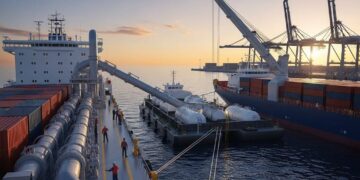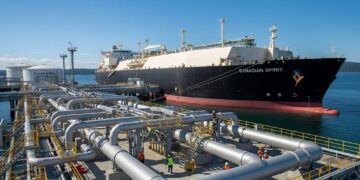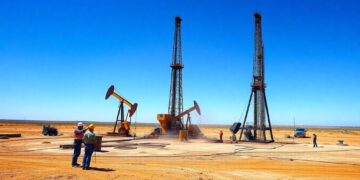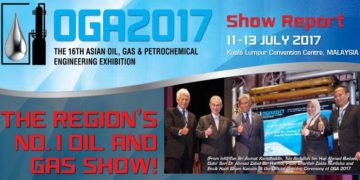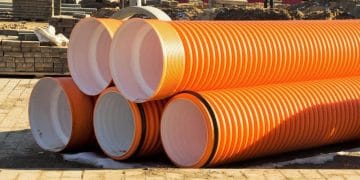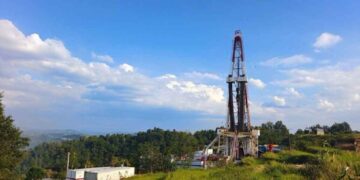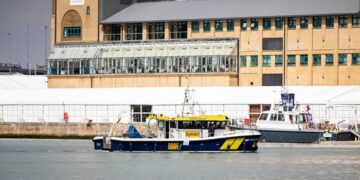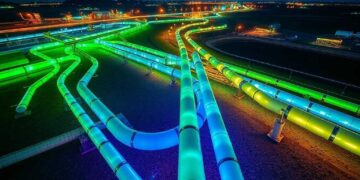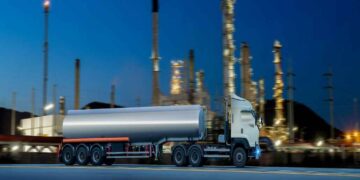Chevron Corporation announced that its wholly owned subsidiary Chevron Australia Pty Ltd. (Chevron Australia) as operator and the Gorgon joint venture participants will proceed with the approximately $4 billion (AU$6 billion) Jansz-Io Compression (J-IC) project.
Nigel Hearne, Chevron Eurasia Pacific Exploration and Production president, said J-IC represents Chevron’s most significant capital investment in Australia since the sanctioning of the Gorgon Stage 2 project in 2018.
“Using world-leading subsea compression technology, J-IC is positioned to maintain gas supply from the Jansz-Io field to the three existing LNG trains and domestic gas plant on Barrow Island,” Hearne said.
“This will maintain an important source of clean-burning natural gas to customers that will enable energy transitions in countries across the Asia Pacific region.”
A modification of the existing Gorgon development, J-IC will involve the construction and installation of a 27,000-tonne normally unattended floating Field Control Station (FCS), approximately 6,500 tonnes of subsea compression infrastructure and a 135km submarine power cable linked to Barrow Island.
Construction and installation activities are estimated to take approximately five years to complete.
J-IC follows the Gorgon Stage 2 project, which is nearing completion of the installation phase, to supply gas to the Gorgon plant from four new Jansz-Io and seven new Gorgon wells.
The Chevron-operated Gorgon Project is a joint venture between the Australian subsidiaries of Chevron (47.333 percent), ExxonMobil (25 percent), Shell (25 percent), Osaka Gas (1.25 percent), Tokyo Gas (1 percent) and JERA (0.417 percent).
Chevron is one of the world’s leading integrated energy companies. We believe affordable, reliable and ever-cleaner energy is essential to achieving a more prosperous and sustainable world. Chevron produces crude oil and natural gas; manufactures transportation fuels, lubricants, petrochemicals and additives; and develops technologies that enhance our business and the industry. To advance a lower-carbon future, we are focused on cost efficiently lowering our carbon intensity, increasing renewables and offsets in support of our business, and investing in low-carbon technologies that enable commercial solutions.



